I a trying to make features matching using SIFT algorithm. as shown in figure 1 below, there are matched features betwee the object/query and the scene/train, and i receive the number of good matches equals 8
i repeated the same matching procedure to match the same object/query to absolutely different scene which does not contain the object/query image at all as shown in figure 2. the good matches from that process is 10 good matches. and i am wondering, since the the object i am looking for does not exist at all in the scene why i am getting good matches results?!
what i want to get as a result is, zero matches if the object does not exist in the scene in the scene
how can i achieve that?
update:
do you think using knnMatch could solve that issue?

